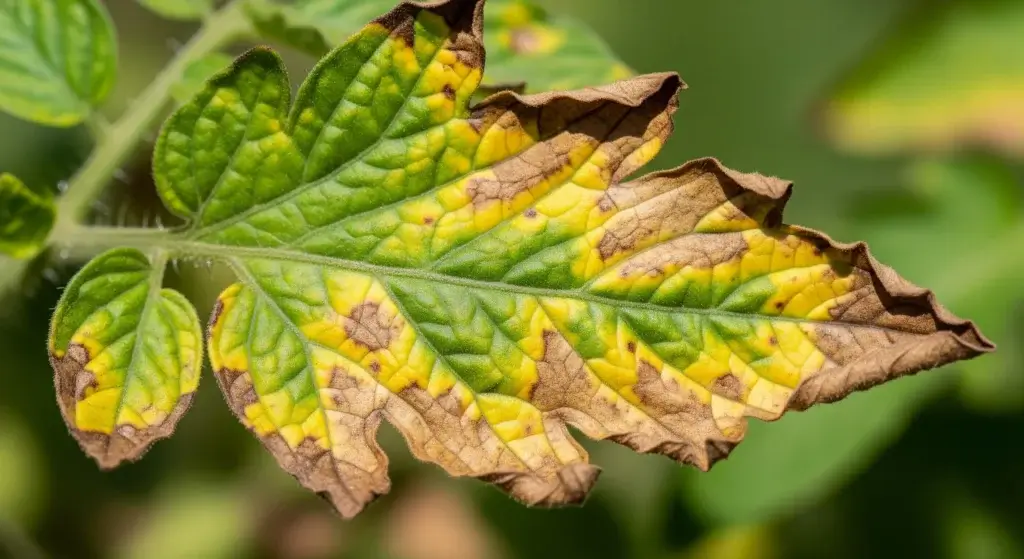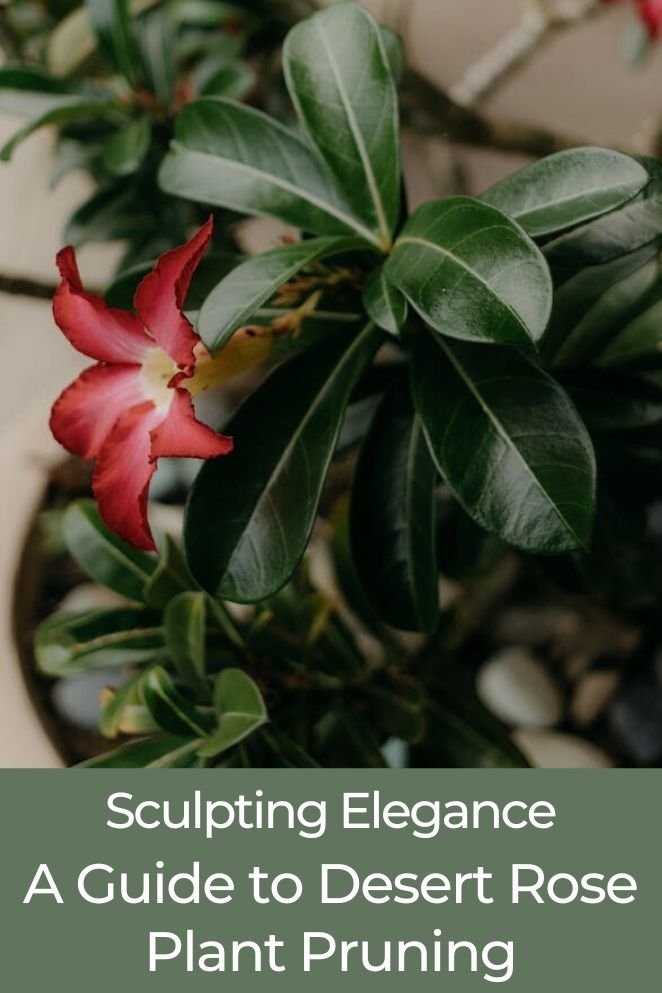
Desert rose plants add a special allure to gardens with their vibrant blossoms and distinctive forms.
Renowned for their resilience and low-maintenance nature, proper pruning techniques can significantly enhance their health and aesthetic appeal.
About Desert Rose Plants
The Adenium obesum, commonly called the desert rose, originates from dry areas in Africa and the Middle East.
Despite its name, it’s not actually related to roses but belongs to the dogbane family, Apocynaceae.
There are a few key things that make desert roses unique:
- Read also: Natural Pesticides for Your Roses
- Read also: Snake Plant Care Indoor for Thriving Bliss
Succulent structure
These plants have thick stems and few leaves.
In the wild, they can grow tall, but when potted, they stay smaller. Their ability to store water helps them survive in dry climates.
Flowers
Desert roses show off vibrant blooms in red, white, pink, or yellow, with flowers that are usually 2–3 inches wide and come in various shapes.
Foliage
Their glossy, leathery leaves grow in a spiral along the stems. They can be long or oval and range in shades of green.
Branches
The plant’s thick, twisted branches create a captivating, sculptural appearance. The bark often has interesting textures and patterns.
Root system
Desert rose roots are adapted to dry places, storing water to survive droughts.
They spread close to the surface to quickly catch rainwater.
It’s crucial to use well-draining soil and avoid overwatering to keep these roots healthy.
Understanding these unique traits is vital for proper care.

What are the benefits of pruning desert roses?
Trimming your desert rose serves several purposes:
- Encouraging new growth: By trimming, you stimulate the growth of fresh, strong branches that lead to more beautiful blooms.
- Controlling size and appearance: Regular trimming keeps your plant a manageable size and gives it a neat look.
- Removing damaged parts: Trimming lets you get rid of any unhealthy or broken branches, promoting overall plant wellness.
- Boosting flowering: Light trimming each year can prompt new growth and help your desert rose bloom more throughout the season.
- Preventing overcrowding: Trimming stops excessive growth, ensuring your plant stays healthy and lively.
What are Some Signs That a Desert Rose Plant Needs Pruning?
Overgrowth
If the plant appears leggy or has excessive growth, pruning can help maintain its shape and encourage a more compact, bushy growth pattern.
Dead or diseased branches
Any dead, diseased, or damaged branches should be promptly removed to prevent the spread of illness and promote overall plant health.
Crowded growth
When the plant becomes too dense or crowded, it’s beneficial to prune to improve air circulation and reduce the risk of fungal issues.
Unwanted shoots
Desert rose plants can occasionally produce suckers or unwanted shoots at the base or along the trunk. Pruning helps remove these to direct energy to the main plant.
Irregular shape
If the plant’s shape has become uneven or irregular, selective pruning can help maintain a balanced and aesthetically pleasing form.
Flowering issues
Lack of flowering or sparse blooms might indicate the need for pruning. Removing certain branches or spent flowers can encourage new growth and better flowering in the future.
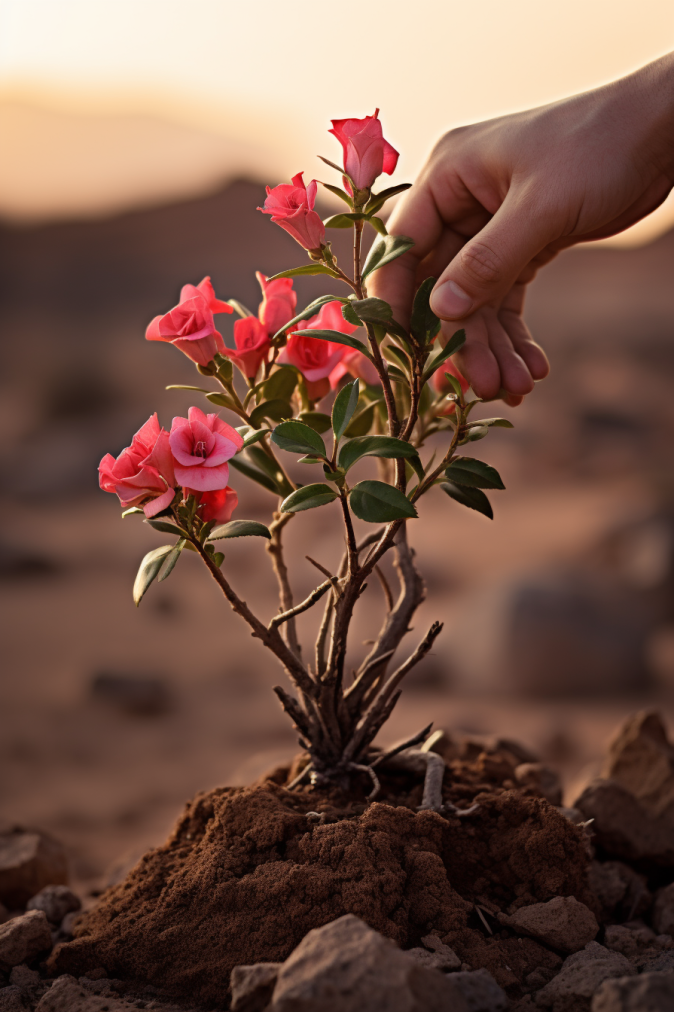
How to Prune Desert Rose Plants?
Pruning desert roses involves a blend of art and science. Start by inspecting the plant for dead, damaged, or crossing branches.
To prune a desert rose plant, follow these steps:
- Use sharp and clean pruners to cut back long, lanky shoots to about the same length as other stems.
- Prune any branches that rub or cross other branches.
- Make the cuts just above a leaf node or where the stem joins with another stem.
- Cut to an outside growth node, about ½ to ¾ inch above a growth node facing out from the center of the plant.
- Sterilize cutting blades before pruning, either by dipping them in rubbing alcohol or wiping them with a 10 percent bleach solution.
- Remove cold-damaged growth as soon as new growth emerges in late winter or early spring.
- Prune the main branches in January, cutting back the laterals, those smaller secondary branches growing perpendicular to the main canes, to 6 to 10 inches.
- As the season goes on, laterals should be cut back every time a rose is picked or deadheaded to promote repeat bloom on the roses.
- Remember not to remove more than a third of the plant’s foliage at once.
When Is the Best Time to Prune Desert Roses?
Pruning desert roses is most effective when done during their dormant phase, usually in late winter or early spring, just before they begin new growth.
This strategic timing is key because it gives the plant ample time to recuperate and prepare for the upcoming active growing season.
During the dormant period, desert roses enter a phase of reduced activity, where their growth slows down.
This is an opportune moment to trim away dead or damaged branches and shape the plant according to your preferences.
Removing these unwanted parts not only enhances the plant’s appearance but also promotes healthier growth by redirecting energy to the remaining parts.
Moreover, cutting back during the dormant season minimizes stress on the desert rose.
With reduced sap flow and growth, the plant is less susceptible to shock from pruning, allowing it to recover swiftly and thrive once the growing conditions become more favorable.

Can Desert Roses Be Pruned Throughout the Season?
Desert roses should ideally be pruned during their dormant phase, usually in late winter or early spring.
During the growing season, light pruning is acceptable, involving the removal of dead branches, damaged areas, spent flowers, and occasional shaping to maintain the plant’s desired shape.
It’s important to avoid extensive pruning during the active growth period.
Desert roses primarily focus on growth and blooming during this time, and significant pruning might interrupt this cycle, causing stress and potentially impacting their flowering.
Regularly checking for and removing dead or diseased parts can be done year-round without causing much disruption to the plant’s growth.
However, it’s recommended to reserve major pruning tasks for the dormant season to minimize stress and ensure the plant’s optimal development.
What Tools Are Needed for Pruning?
Pruning desert rose plants requires some basic tools to ensure a successful and healthy process:
- Pruning shears: Get a pair of sharp, clean pruning shears suitable for cutting small to medium branches. Bypass pruners are generally recommended for a clean cut.
- Gloves: Wear gardening gloves to protect your hands from thorns or rough surfaces on the desert rose plant.
- Rubbing alcohol or disinfectant: Disinfect your pruning shears before and after use to prevent the spread of diseases between plants. This is especially important if you’re pruning multiple plants.
- Eye protection: Consider wearing eye protection to shield your eyes from any debris that may fly while pruning.
- Potting mix or soil: Prepare some potting mix or soil to repot or provide additional care to the desert rose after pruning, if necessary.
- Containers for trimmings: Have containers or a gardening bag nearby to collect the trimmed branches and leaves. This helps keep your working area tidy.
Planning before you start pruning is a good idea. Look for specific areas that need attention, like dead or sick branches, extra growth, or parts that affect the plant’s health or shape.
It’s important to be careful when pruning desert roses—don’t prune too much at once as they can be sensitive to heavy cutting.
Keep your tools clean by sterilizing them to prevent diseases from spreading.
Aim for neat cuts to help the plant heal faster and lower the chances of infections.
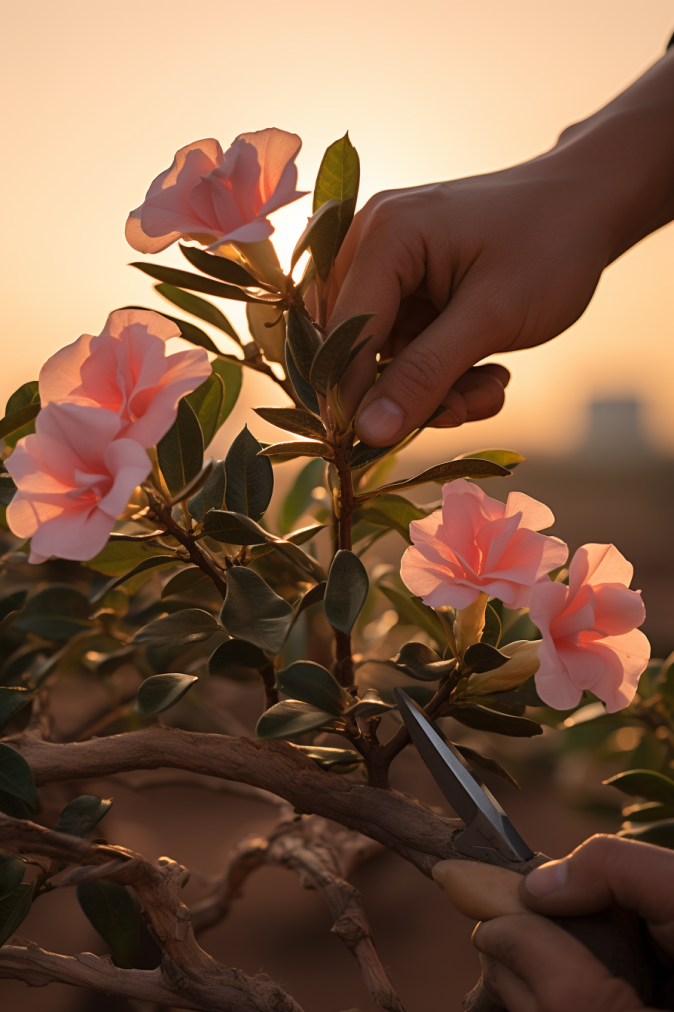
What Are Some Common Misconceptions About Pruning?
There’s a misconception that aggressive pruning boosts growth. But in truth, too much pruning weakens the plant and affects its ability to bloom.
Timing matters too—pruning at the wrong time can mess up the flowering cycle.
When you prune a desert rose, it’s crucial to steer clear of common mistakes that can harm how healthy and good-looking it is.
Some of these mistakes include:
Failure to prune
New gardeners might hesitate to trim their plants, fearing it’ll slow down growth.
But actually, pruning is vital for desert roses—it helps their caudex (the swollen stem base) thicken, encourages branch growth, and leads to lots of beautiful flowers.
Pruning at the wrong time
Timing matters when pruning.
Beginners often try to do everything at once, which can mess up the timing.
For desert roses, prune before they bloom because they flower from new growth.
If you prune too late, the new, tender growth might get hurt by frost.
Not sterilizing tools
Keep your tools clean! Use rubbing alcohol or bleach to sterilize your pruning tools before using them.
This helps stop diseases from spreading.
Cutting at the wrong angle
Be mindful of how you cut. A 90-degree cut can trap water in the branch, causing it to rot.
Make a 45-degree cut instead—it helps the branch heal faster.
Diseased leaves and stems
Look out for sickly branches.
If they’re black, dark brown, or fuzzy white, they might be diseased or have pests. Prune them out ASAP.
Ignoring the need for regular pruning
Don’t forget regular pruning.
Desert roses need it to stay healthy and look good.
And don’t wait longer than 18 months to re-pot them, or it could mess with their growth.
- Read also: The Ultimate Aloe Plant Watering Care Guide
- Read also: Spider Plant Care Indoors
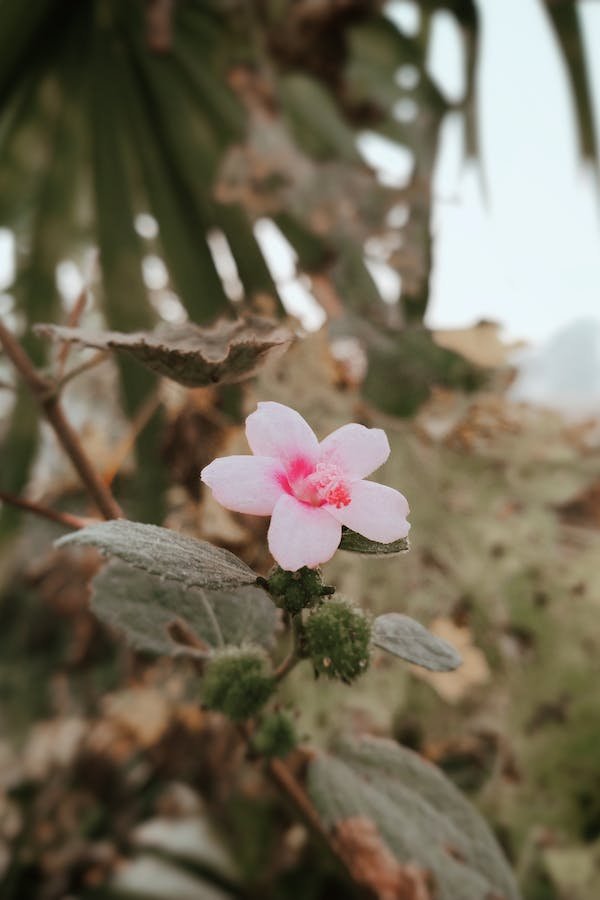
Conclusion
Pruning desert rose plants is a crucial skill for gardeners aspiring to nurture robust, lively blooms.
A deep grasp of proper techniques, timing, and the necessary tools is key to sustaining the vitality of your desert roses over the years.
FAQs
It’s advisable to use proper pruning shears designed for plants to ensure clean cuts and prevent damage to the plant.
Some leaf drop after pruning is normal as the plant redirects its energy to new growth. However, excessive leaf drop might indicate stress, so monitor the plant carefully.
It’s best to avoid extensive pruning during the flowering season as it may interrupt the blooming cycle. Light maintenance pruning can be done as needed.



